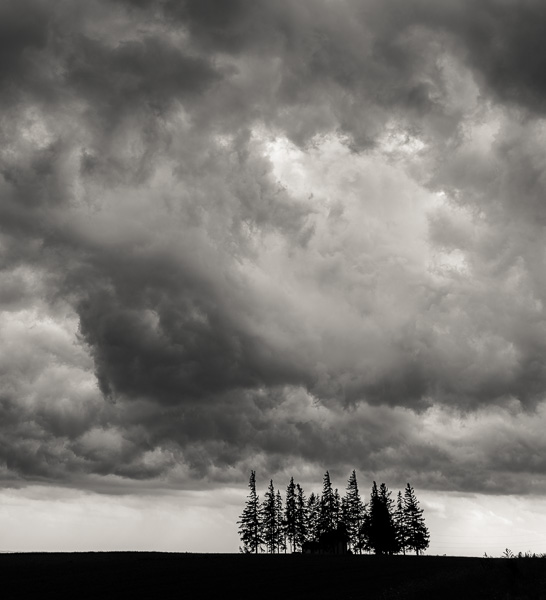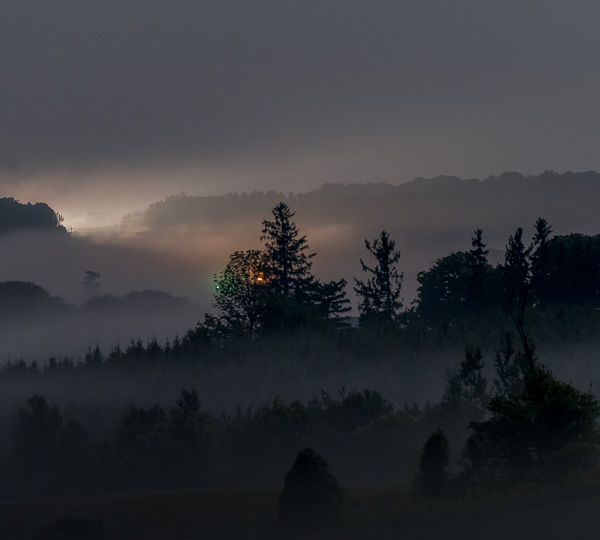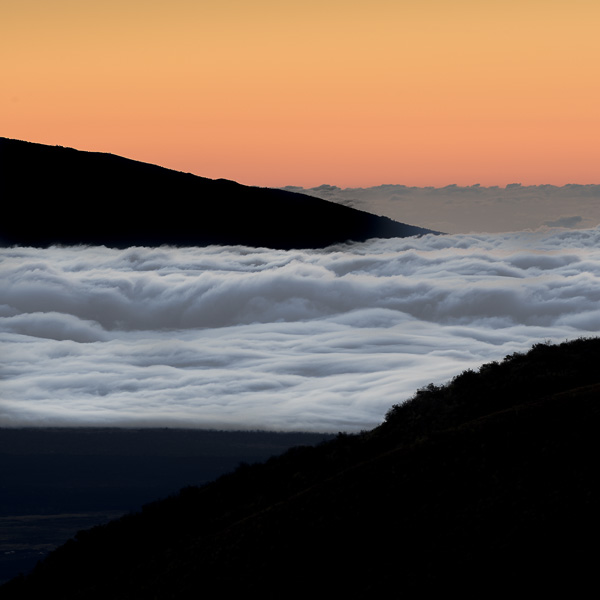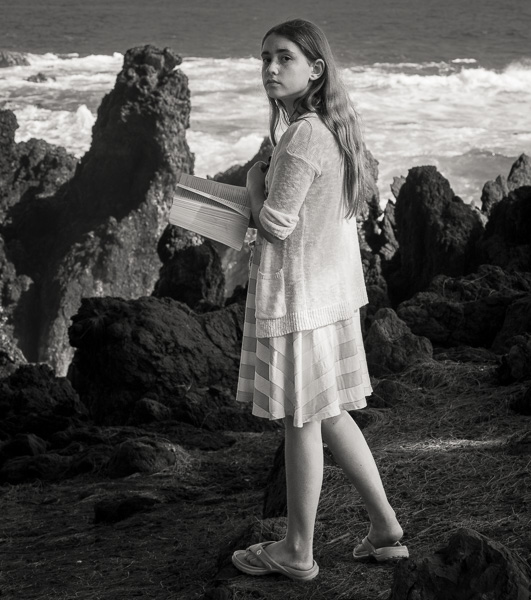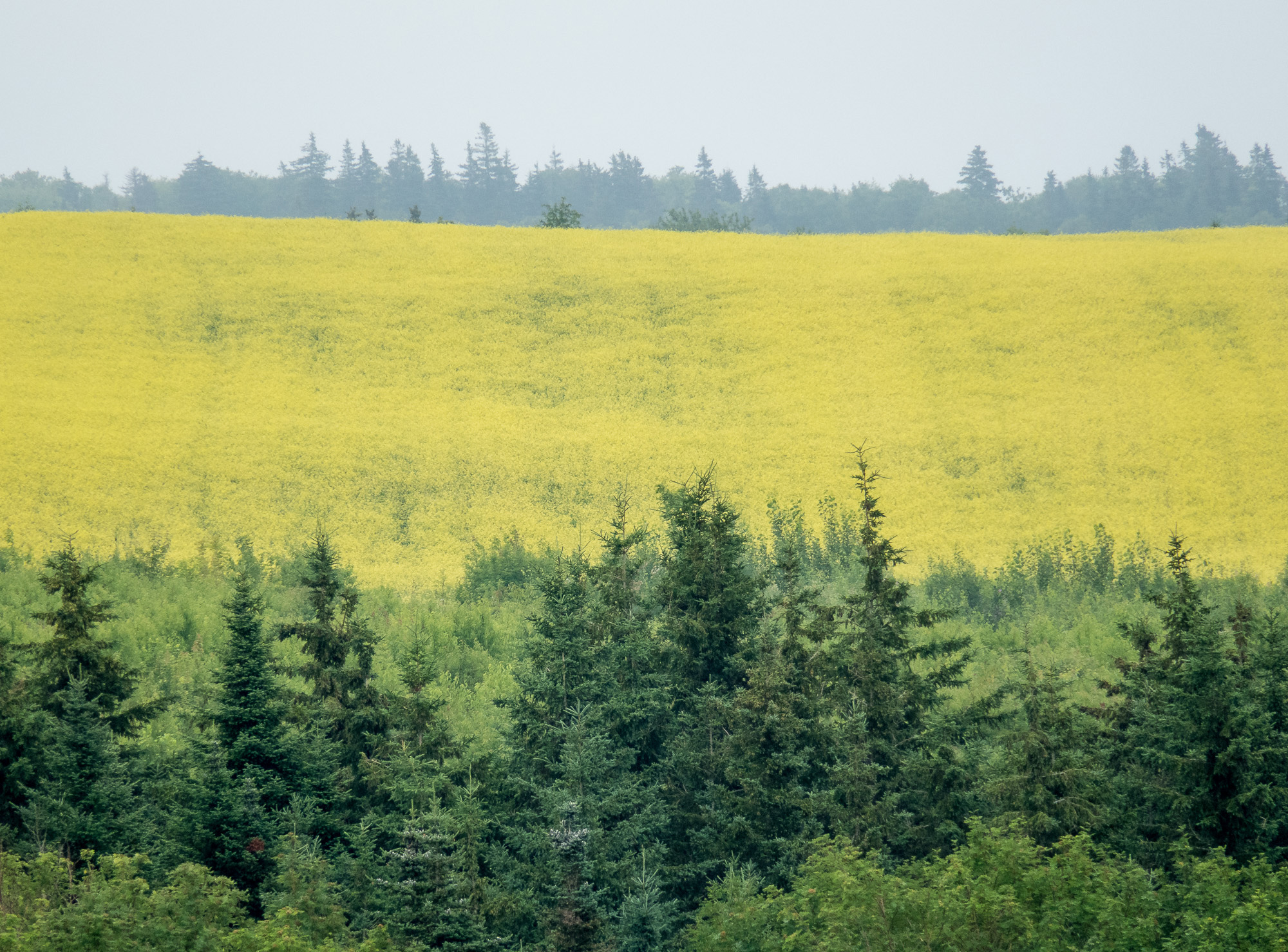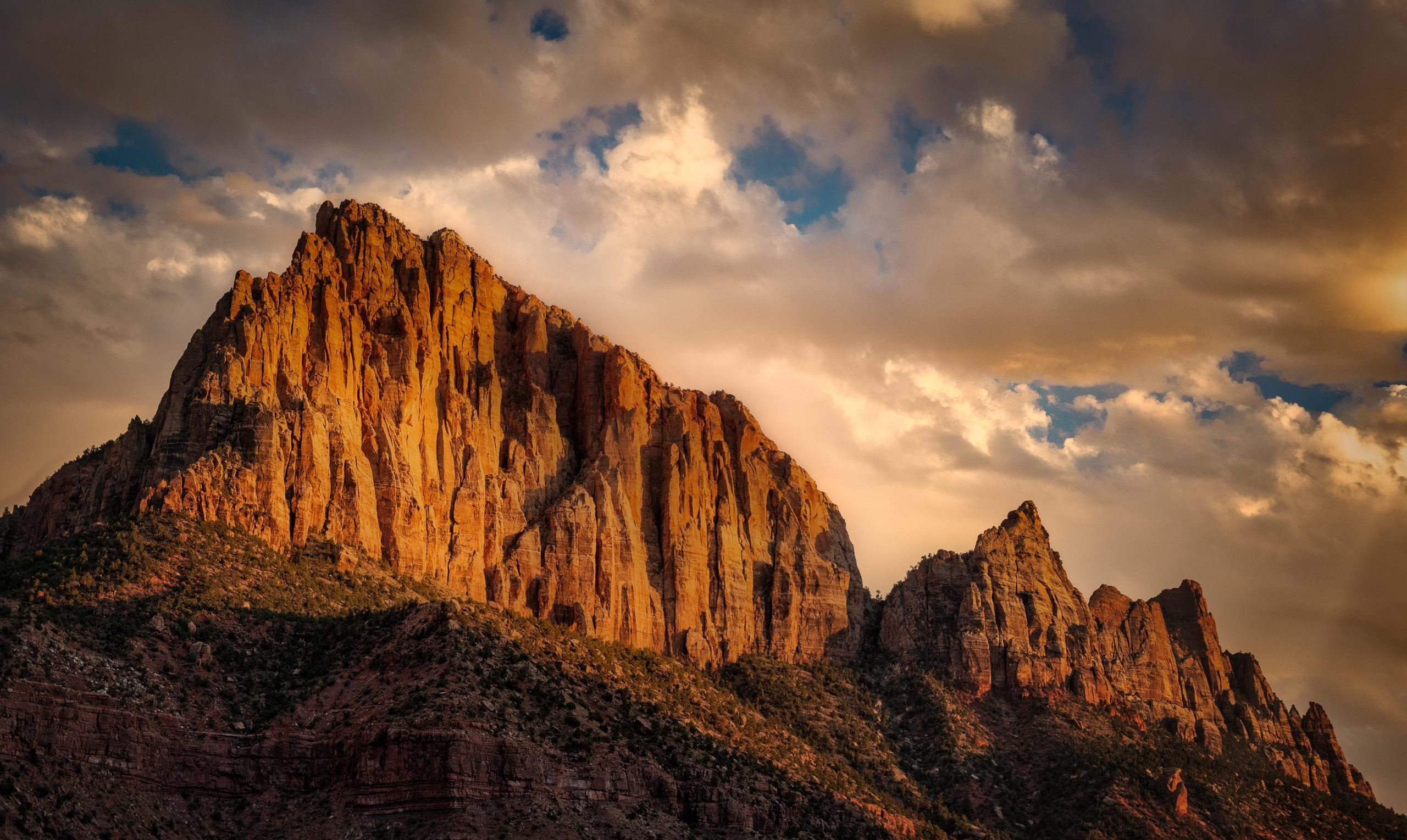

This is a follow-up to that guide I sent along with my friend to Utah, where they tested the Sony RX1R II—a camera that’s compact yet stuffed with features.
I’ll admit, I held back a bit on showing them some of those features, like the pop-up viewfinder and the sunshade. Why? I thought the pop-up EVF was a bit gimmicky, and honestly, I wasn’t too confident about the sunshade, which just clips on and seemed easy to lose. But after getting the footage back, we learned the hard way that both are pretty necessary, especially when you’re dealing with bright Utah sun and tricky manual focus.
The RX1R II’s full-frame sensor and high resolution make it a blast to shoot with, especially when you start exploring the fine details. My friend let me play around with some of the shots to see how the camera held up in post-processing. The results? Impressive. These edits are all my interpretations of the original images, but the quality of the files made it easy to get creative.
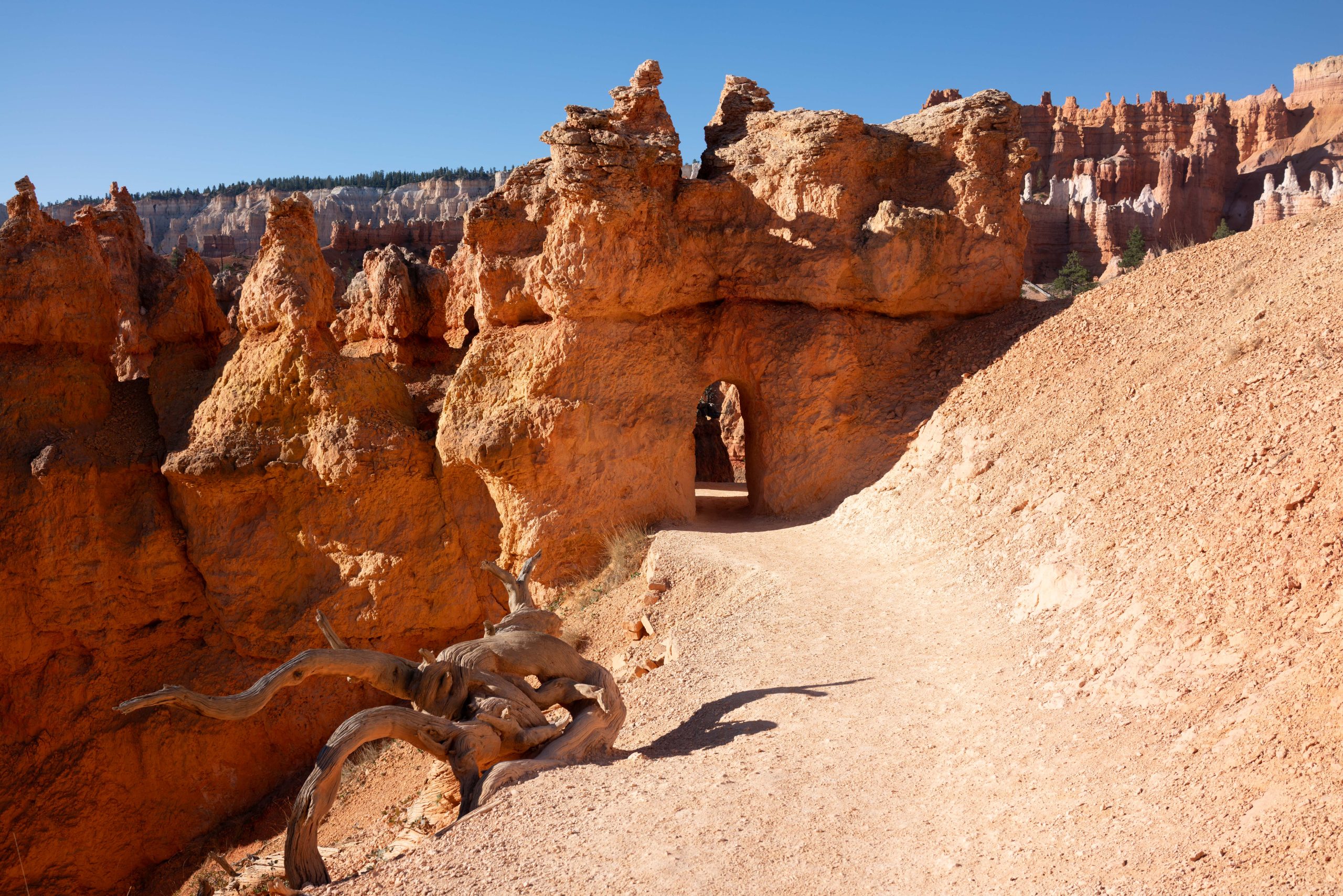

The Experience: The Good, the Bad, and the Missed Focus
So, here’s what happened. My friend, a beginner when it comes to photography, managed to handle the RX1R II quite well. They were impressed by the camera’s image quality (thanks to its 42.4 MP full-frame sensor), and the versatility of its compact form was perfect for hiking around Bryce Canyon and Zion. They relied mostly on auto mode, and the camera’s hybrid autofocus system worked well for most shots.


However, where things got tricky was with focus. Several important shots—especially those where precision was key—ended up slightly soft or out of focus. And that’s when I realized I probably should have told them about the pop-up electronic viewfinder. It turns out that EVF, which I dismissed as a bit of a novelty, is essential for double-checking focus in bright daylight, especially when the rear screen is hard to see due to glare.
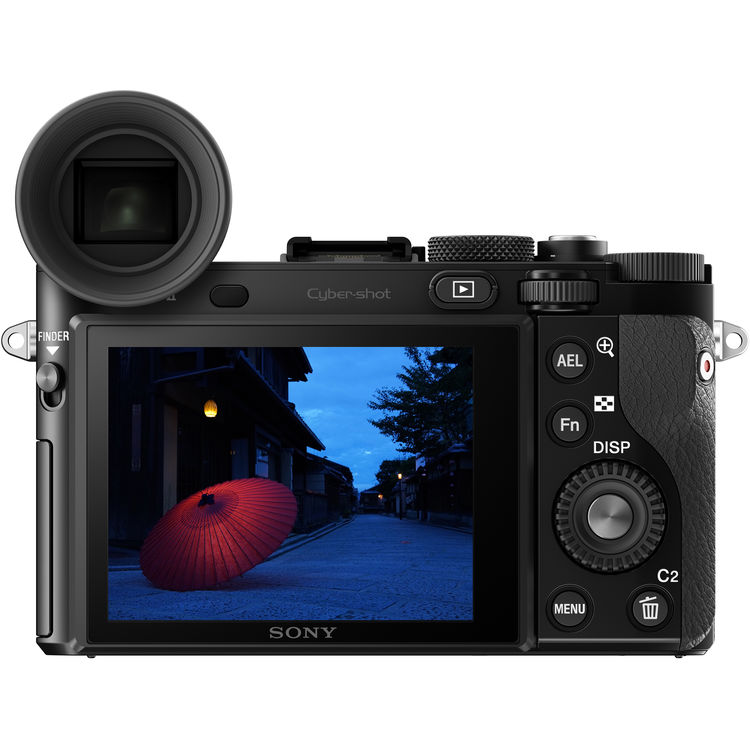

What Went Right: Beginner-Friendly, Pro-Quality
Despite those hiccups, the RX1R II still delivered some stunning results. The 42.4 MP sensor gave them plenty of leeway to crop and adjust compositions in post, without sacrificing image quality. And even though they didn’t mess around with the variable low-pass filter (a feature that’s more useful for advanced users), the automatic settings were smart enough to get the job done. For a beginner, that’s a win.
The 35mm fixed Zeiss lens also performed beautifully, forcing them to think more about composition. Sure, not being able to zoom was a limitation, but it made them work for the shot. And with that full-frame sensor backing them up, the results were sharp and vibrant.
Lessons Learned: Pay Attention to the Details
Next time, I won’t skip over important features, even if they seem a little gimmicky at first glance. The pop-up EVF and sunshade might be small, easily forgotten pieces of gear, but they make all the difference when shooting in tough lighting conditions or when manual focus is critical. And for anyone renting or buying this camera, make sure to familiarize yourself with those quirks early on, because they can make or break your shoot.
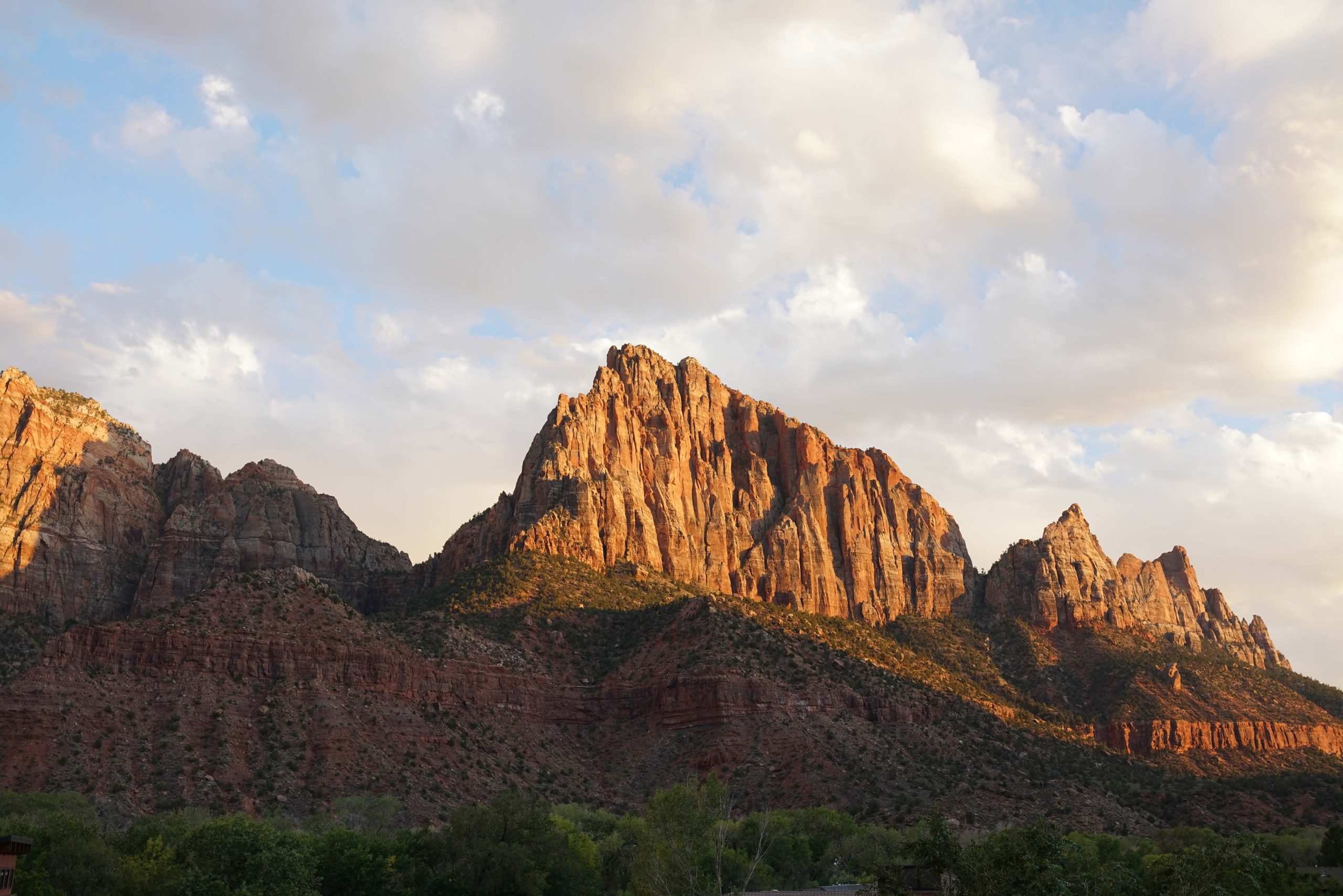

Final Thoughts: Is the RX1R II Beginner-Friendly?
Absolutely. This camera isn’t just for pros—it’s powerful yet approachable enough for a beginner to produce great images. My friend, with minimal experience, was able to get some beautiful shots without diving too deep into the technical aspects. However, understanding all the features (like that viewfinder!) would’ve taken their results from good to great. If you’re new to photography but want to invest in something that will grow with you, the RX1R II is versatile enough to be your next adventure buddy.
Have you had a similar experience with camera features you thought you didn’t need? Share your stories with us at [email protected]—we’d love to hear how you handle surprises in the field!






